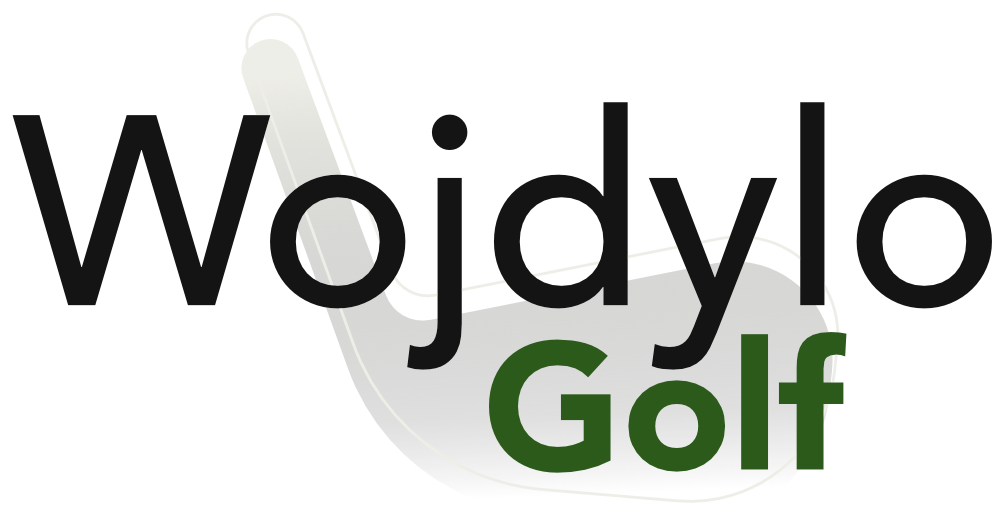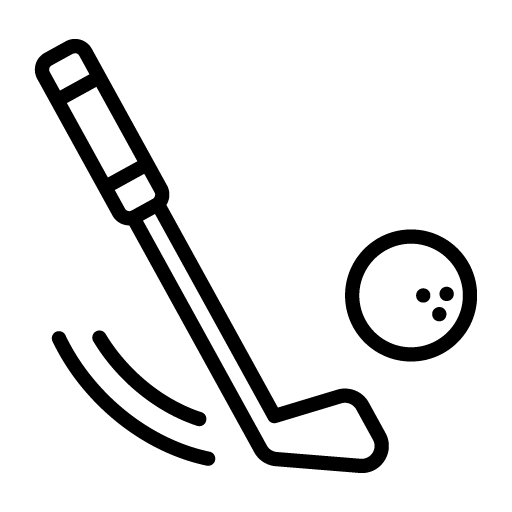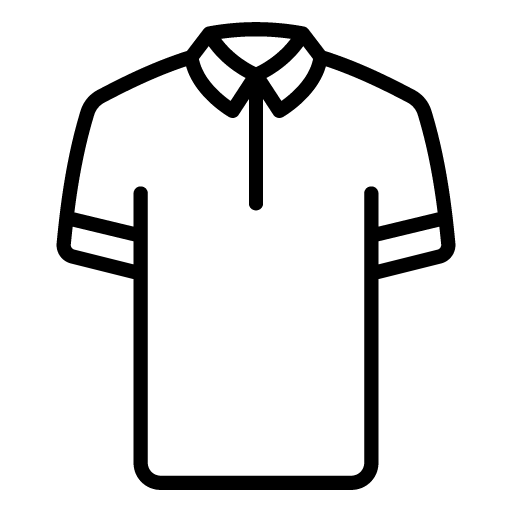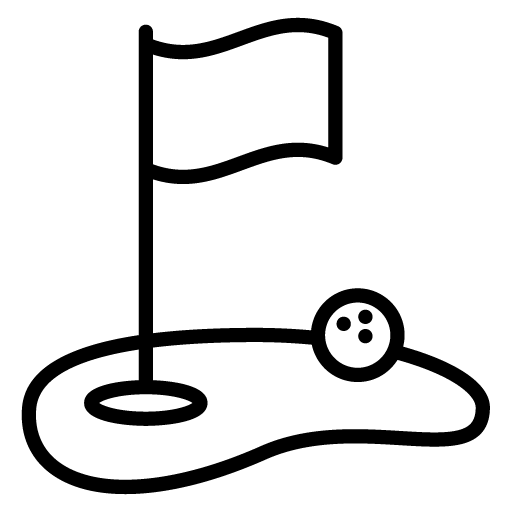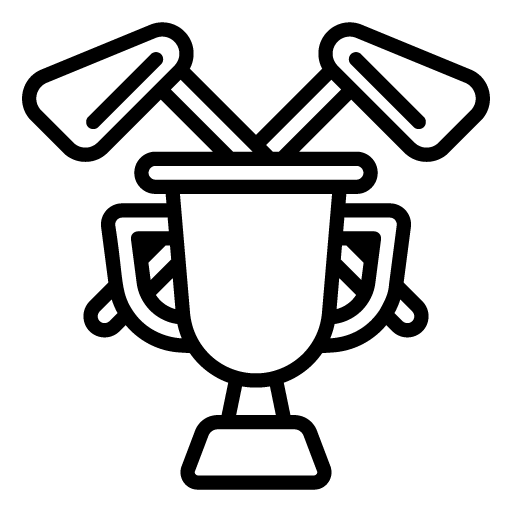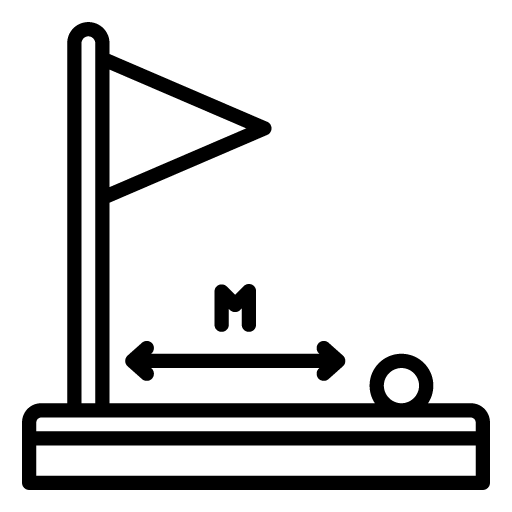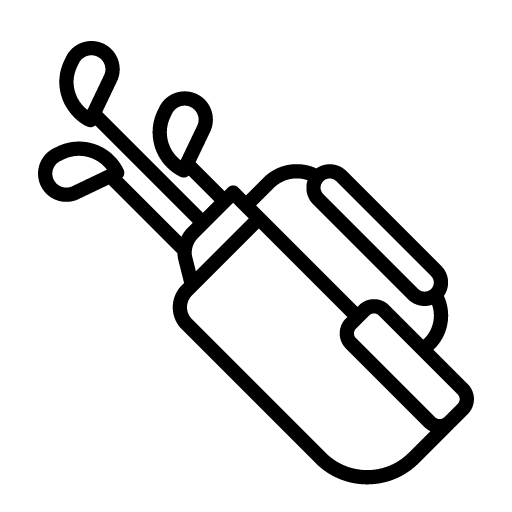On Monday, April 15th I finally had my golf mental breakdown. After analyzing my swing and thinking I was getting close, I drove to Randy’s Driving Range (30 miles away!) with the hopes that my right elbow pointing down and my left wrist remaining firm would be the answer. Let’s just say that it is not the sole answer. Instead of accepting it and moving on, I hit a large bucket of balls and ended up destroying my left side. So much so that I could barely walk. How on earth was I going to go to my lesson with Patrick on Tuesday?
I had a long talk with Mikaila and had to accept that my best effort is good enough. Even if I am only hitting an 8 iron 140 yards or I am still hitting a fade, my best effort is enough. This is so very hard for me because I want to be good and I overanalyze everything.
When I got to my lesson today I told Patrick my left side was hurting and that I wanted to focus on the patience of the take away. Instead of trying to figure it all out at once, it was time for me to go back to the building blocks. Patrick always talks about the first six inches of the swing and the importance of this.
So, today we focused on the first six inches of the swing. I have a very bad habit of starting the swing with my left side but pushing back and lifting my right shoulder. In essence, I am sliding back rather than creating a circle with my lower left obliques.
Patrick showed me that I need to “hold off” my left hip which will hold off my left knee at the takeaway. I also need to make certain my hips are rolled forward and my butt and hips feel wide. You can really feel this when you roll your hips over your feet (forward). Once the hips are rolled forward, properly, the lower left of the back or the back side of the upper left obliques start the swing. If you are really good you actually start the swing without moving the hands or arms creating lag on the backswing.
I am able to do this every once in awhile but I am still working on it. If I can get my left elbow to stay “behind” my belly button and on my left ribs as long as possible, I have a great takeaway. Patrick also showed me the importance of spine angle. With my old takeaway I would lift the right shoulder which in turn would cause me to stand up and lose my spin angle. With Patrick behind me, he held my left hip, pushed the back of my left lat forward (toward the ball) as I completed my turn. What this did was made me feel the turn with just my upper body rather than turning with my entire body including my legs and hips.
It feels like I am barely turning but my entire upper body is turning around my lower body. When I do this correctly, I feel a deep stretch in both of my legs and the left side of my back at the top of the swing. From there, it is much easier to use the lower right obliques to start the downswing slowly. Remember, the first six inches of the backswing are extremely important. Well, the first six inches of the downswing are just as important. If you can get both of those, you can be a fantastic golfer.
As I slowly sit with my lower right obliques it is natural for the obliques to get the hips and body back on the target line. As soon as the club gets about halfway to impact, my upper right lat takes over which causes the right shoulder to drop. I then use the right lat to get through impact. If done correctly, after impact I feel as if I am trying to “stand up” with my left leg braced. It is a true standing up feel with the pressure of my body on the left glute and quad. I know this will feel different in time, but I know the swing is getting better when I feel the “standing up” in my left hip.
I hit a couple of great shots and then started to hit the ball terrible. Patrick explained that I was giving up right before impact and standing up. This was because my left side was extremely sore and in pain. We stopped hitting balls and focused on the takeaway and backswing for the majority of the lesson.
With about 20 minutes left in the lesson we discussed expectations and the May “play date”. I told him that if I had anything to do over again, I would not have put a date on coming back. This is only adding pressure because of the timeline. He explained that the May “play date” is simply to test what I have learned on the golf course. I am not going to come back and shoot a 72. Heck, I will likely hit a lot of bad shots, but it is part of the process.
He also explained that if I try to live up to the expectations of others, I am never going to be satisfied with my golf game, or with anything in life. This was very reassuring as I have accepted that my best effort is good enough. Even if I don’t hit the ball great or my driver only goes 235, it is still good enough if it is my best effort.
Overall, I am very pleased with the journey and experience. I am no longer striving to be a great golfer in May. I am now realistic and know that it is a much, much longer process. Patrick also put a time limit of 40 minutes on the range and 30 minutes on any training I do at home. I can try something for 30 minutes, but I have to stop, walk away, and do other things before coming back to it at a later time. This is going to be very good for my mental health.
Many of my friends are going to be unimpressed and disappointed with my new golf swing. They are not going to understand that just the fundamentals take years to learn. I know that in time I am going to be a very good golfer but for the immediate future I have to focus on one thing at a time and accept that it is a slow and steady process.
I do feel very good about stabilizing myself with my legs, getting a great takeway with the back of the left obliques and knowing that the start of the downswing needs to be slow and smooth. If I get in the proper position at the top of the backswing, it is much easier to create a slow and smooth transition for the downswing. This is what I am going to work on for the next two days before my next lesson with Patrick on Thursday.
I hope to be healed and ready to actual hit balls on Thursday but if I am not, we will focus on the takeaway and backswing as this is extremely important and will forever be important with my golf game.
UPDATE: This is a fascinating read 100 lessons later. In early August 2020 I am now on lesson #146 and I am still learning how to create the backswing without arms. I now understand the turn of the upper thoracic and the importance of pulling with the right obliques, but I had to go through over a year of driving with the left obliques to get to the top. It was a round about way to get to the top of the backswing, but Patrick had to get me driving with the left side.
I am now very close to getting the full backswing he wants, but we continue to focus on the backswing with each and every lesson. Golf is hard, don’t give up on getting better.
